When it comes to "plantar pressure detection system", many people may still be unfamiliar with it, but it has actually quietly entered the fields of medical care, sports, rehabilitation and even the footwear industry, becoming an important tool to help us understand the health of our feet. So, the question is: How to use this system? How can ordinary people experience and benefit from it? Today, let's use the most popular and down-to-earth language to talk about the full guide to using the plantar pressure detection system.
What is a plantar pressure detection system?
Let's briefly review it first. The plantar pressure detection system is a high-tech device that uses a highly sensitive sensor to measure the force size and distribution of different parts of the sole. It can help us understand whether the pressure distribution on the sole of the foot is uniform and whether the gait is reasonable, so as to guide health management, rehabilitation training or insole customization.
1. Preparation stage: What do you need to do?
Don't worry, using the plantar pressure detection system is actually very simple. First, you just need to wear a pair of comfortable and lightweight shoes, preferably easy to take off, so that you will not be affected by the shoes during the test.
Some systems are built into a pressure sensing pad, and you take off your shoes and stand on the detection pad directly; some are wearable smart insoles that connect to mobile phone APPs to collect data; and some are operated by doctors or technicians in conjunction with professional medical equipment. No matter which one, it is most important to keep your feet clean and dry before testing, so that the data is more accurate.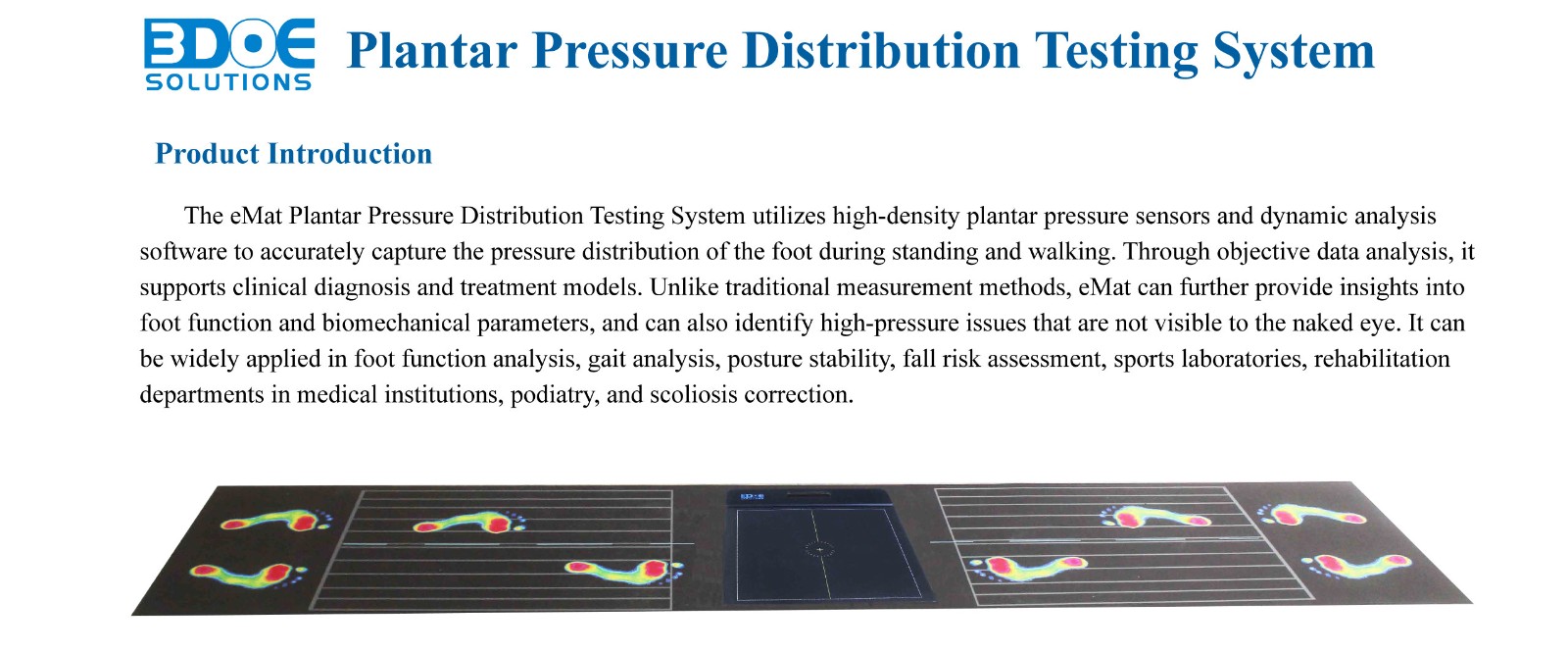
2. Standing detection: Steady and steady, initial exploration of pressure
The most basic detection method is standing detection. You stand on the pressure sensing pad, maintain a natural and relaxed posture, and the system begins to collect pressure distribution data in various areas of your sole.
This process usually takes only a few seconds. The system will display pressure hotspots and distribution maps in real time, allowing you to intuitively see the force of the heel, sole and toes. Whether there is a particularly high pressure in any place, or which side of the sole is under more force, it is clear at a glance.
Through standing detection, you can preliminarily determine whether you have problems such as uneven sole pressure and abnormal arch.
3. Dynamic detection: walk out of the real gait
In addition to standing, the sole pressure detection system can also perform dynamic detection, that is, when you walk or run in the detection area, the system continuously collects sole pressure change data.
Dynamic detection is closer to real life and can reflect key indicators such as force rhythm, stride, and gait symmetry during walking. Many athletes and rehabilitation patients will use dynamic detection to evaluate the body's movement coordination and find potential abnormalities or risks.
During the test, you usually need to walk a few steps normally on the pressure plate according to the prompts. The device automatically records the data and you can view the analysis results after completion.
4. Data analysis: The system helps you understand the foot code
After collecting the data, the system will automatically generate a detailed report. The report not only contains a colorful pressure distribution map, but also rich indicators such as gait cycle, force time, stride length, etc.
For ordinary users, the report can help you quickly understand your foot condition; for doctors, physical therapists and sports coaches, these data are the scientific basis for formulating treatment plans and training plans.
Some systems are also equipped with professional software that can compare test results at different time points to help track rehabilitation progress or training effects, and truly achieve scientific management.
5. Make plans based on the results: Don't let the data "lie" there
The test data is just the starting point. The key is to make a reasonable intervention plan based on the results. For example, if you find that the arch of the foot is collapsed or the pressure is too high, you can choose a customized insole to improve the force; if the gait is abnormal, the physical therapist will guide the correction training; the athlete will adjust the running posture and step frequency in a targeted manner.
Don't forget that the plantar pressure detection system can also be used to evaluate the rehabilitation effect. The doctor will regularly let the patient test to see if the foot function has returned to normal and adjust the treatment plan.
6. Develop the habit of regular testing and scientifically protect the health of the feet
The health of the feet is related to our quality of life, especially for friends who stand for a long time, exercise a lot, or have diabetes and bone and joint diseases. People should be tested regularly.
Now, with the development of technology, plantar pressure detection equipment is becoming more and more convenient, and some smart devices even support home self-testing. Developing the habit of regular testing can detect problems in time, prevent diseases, and maintain the best condition.

 +86-0755-86131192
+86-0755-86131192 2025-07-08
2025-07-08 Back to list
Back to list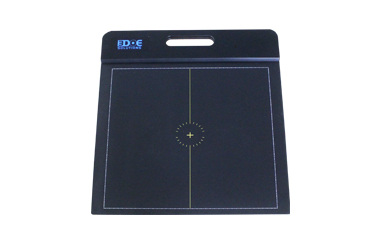
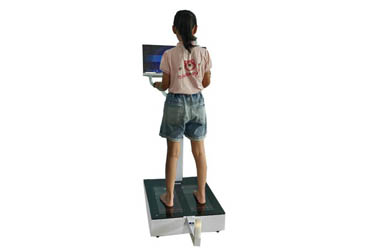
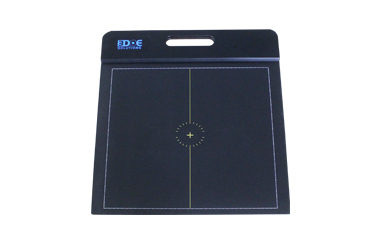
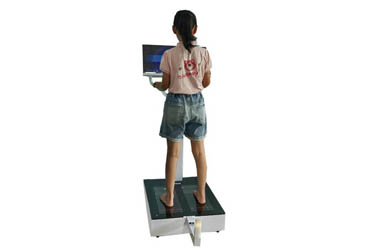
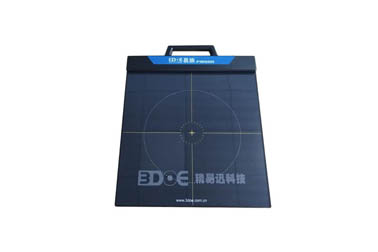
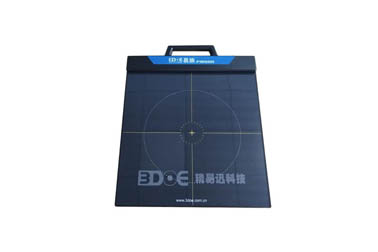



 +86-0755-86131192
+86-0755-86131192